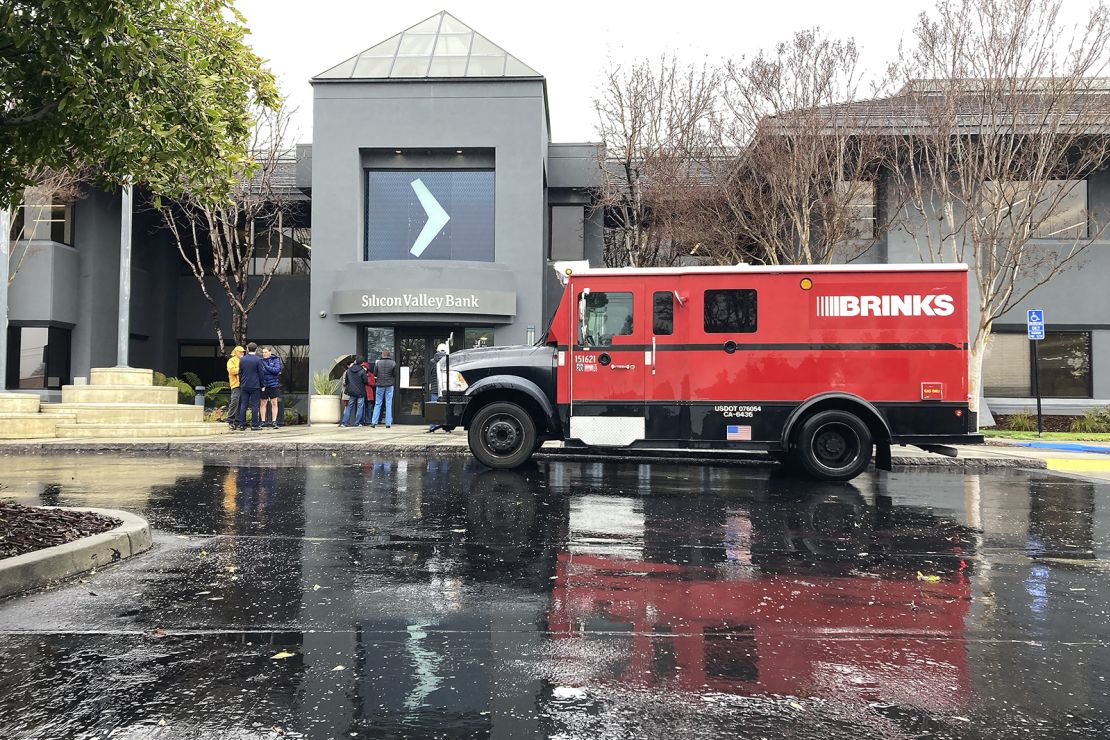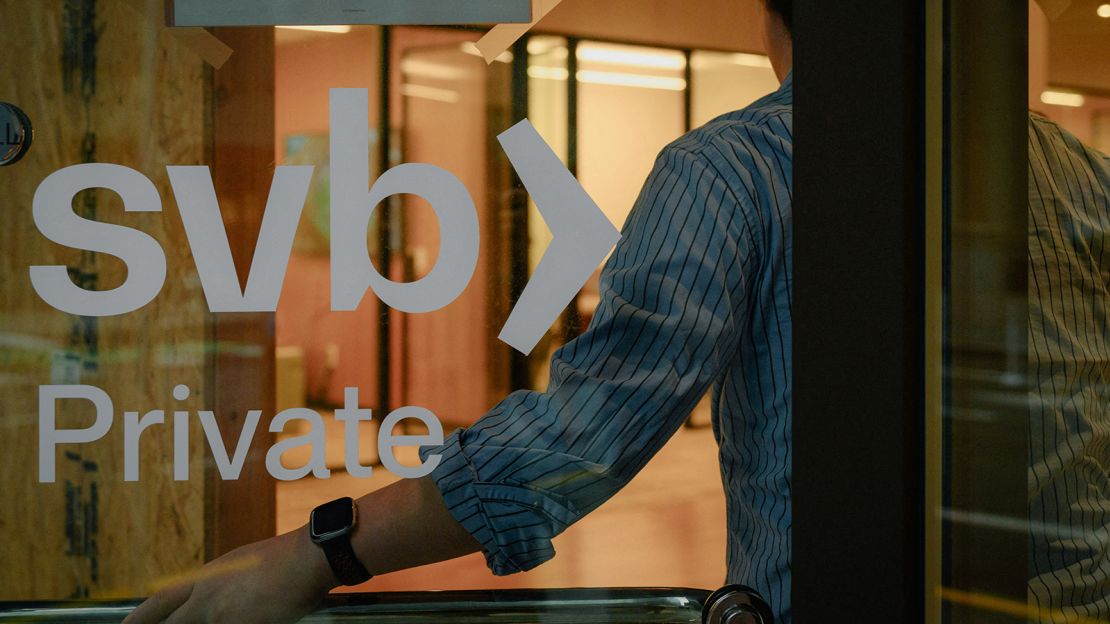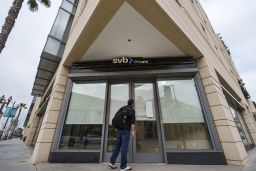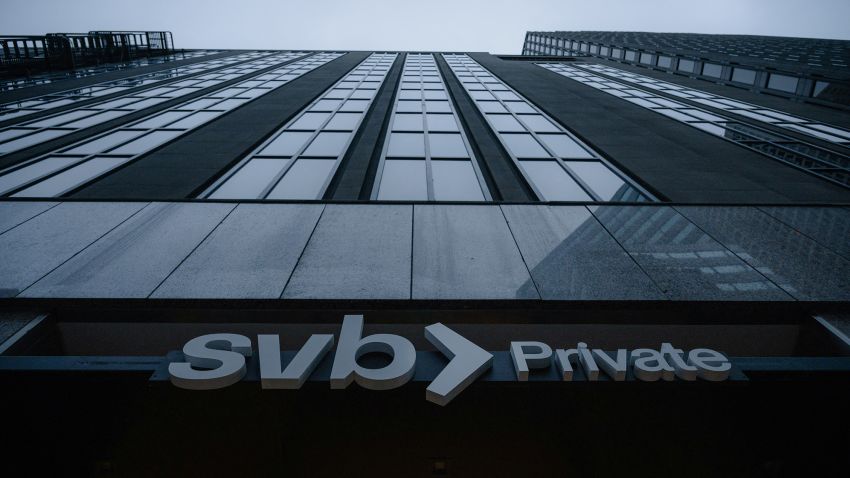Two weeks ago, few people outside the tech industry had even heard of Silicon Valley Bank, the midsize California lender whose rapid implosion would end up shaking the foundations of the entire global financial system.
But on the morning of Friday, March 10, after clients withdrew $42 billion in the span of a single day, state and federal regulators swooped in to try to salvage what remained of SVB.
In the head-spinning hours that followed Silicon Valley Bank became a global household name, though hardly in a manner its founders would have hoped for: It was officially the second-largest bank failure in US history, after Washington Mutual in 2008.
As analysts and regulators began sifting through the rubble, several red flags emerged. SVB’s vulnerabilities were, shockingly, not super complicated. This wasn’t 2008, when obscure products at the center of a labyrinthine Wall Street derivatives market turned out to be worthless and wound up ravaging the US housing market.
In the autopsy of SVB, there are clear signs of basic corporate mismanagement, and when mixed with old-fashioned customer panic it proved to be an existential flaw.
So why didn’t anyone see SVB’s collapse coming? That’s likely to be one of the key questions from lawmakers on Capitol Hill next week, in back-to-back House and Senate hearings investigating the bank’s downfall.
The unsatisfying answer, for now, is that no one knows — or at least no one who’s willing to say it out loud. But what’s clear is that SVB’s failings are not the fault of any one person or system or asset, but rather a cacophony of missed warning bells.
Red flags abound
SVB, founded in 1983, was both a financial institution and a status symbol among deep-pocketed Bay Area businesses and individuals. It catered to a world of venture capitalists known as much for their astounding wealth as their hearty appetite for risk. To bank with SVB was to be a part of an elite club. To embrace a uniquely Silicon Valley ethos that champions boldness, growth and disruption.
Much like the start-up clientele it courted, SVB grew at a breakneck pace with assets nearly quadrupling between 2018 and 2021. It was the nation’s 16th largest bank by the end of 2022, with $209 billion in assets. That should have set off alarm bells on its own.
Red flag No. 1: Breakneck growth
When banks grow quickly, there are red flags everywhere, says Dennis M. Kelleher, CEO of Better Markets. That’s because the management’s capacity and the bank’s compliance systems seldom grow at pace with the rest of the business.

In fact, as early as 2019, four years before SVB’s downfall, the Federal Reserve warned the bank about its insufficient risk-management systems, according reporting from the Wall Street Journal and the New York Times. It’s not clear whether the Fed, SVB’s primary federal regulator, took action on that warning. The central bank is reviewing its oversight of SVB.
“My only interest is that we identify what went wrong here,” Fed Chairman Jerome Powell said at news conference on Wednesday. “We will find that, and then make an assessment of what are the right policies to put in place so it doesn’t happen again.”
Red flag No. 2: Hot money
Virtually all — 97%, according to data from Wedbush Securities — of SVB’s deposits were uninsured.
Typically, US banks finance 30% of their balance sheets with uninsured deposits, said Kairong Xiao, a professor at the Columbia Business School. But SVB’s was “a crazy amount,” he says.

Crazy — because if you’re a person or a business with lots of uninsured money in one institution, you’ll be quick to yank that money if you suspect the bank may be in trouble.
SVB’s over-reliance on these deposits made it extremely unstable. When a few members of its tight-knit, social-media-engaged community of clients began to worry about the bank’s viability, the panic went viral.
Red flag No. 3: The clientele
Silicon Valley Bank was known for working with young tech start-ups that other banks may have shunned. When those start-ups flourished, SVB grew alongside them. The bank also managed the personal wealth of those start-ups’ founders, who were often light on cash as their fortunes were tied to equity in their companies.
“It was geographically concentrated. It was industry-segment concentrated, and that industry segment was extremely sensitive to interest rates,” Kelleher said. “Those three red flags alone should have caused the bank’s officers and directors to take corrective action.”
Red flag No. 4: Risk management 101
A casual observer of Silicon Valley Bank’s financial position even a month ago would have had little reason to be alarmed.
“The bank would’ve appeared to have been healthy, if you look at their capital position, their liquidity ratios…they would’ve been fine,” said John Sedunov, professor of finance at Villanova University. “Those traditional big-picture things, the front page items…They should have been fine.”
The ticking time bombs lurked one layer deeper, in the the construction of the bank’s portfolio and the construction of the liabilities, Sedunov said.
Silicon Valley Bank held an unusually large proportion (55%) of its customers’ deposits in long-dated Treasuries. Those are typically super safe assets, and SVB was hardly alone in loading up on bonds in the era of near-zero interest rates.
But those bonds’ market value decreases when interest rates go up.
Typically, a bank hedges its interest rate risk using financial instruments called swaps, effectively exchanging a fixed interest rate for a floating rate for a period of time to minimize its exposure to rising rates.
SVB appears to have had zero hedges in place on its bond portfolio.
“Frankly, managing your interest rate risk exposure — that’s one of the first things that I teach an undergraduate banking class,” Sedunov said. “It’s textbook stuff.”
Red flag No. 5: The missing CRO
For the past year, the Fed has jacked up interest rates at an unprecedented pace in the modern era. And for most of that year, Silicon Valley Bank was operating with a massive vacancy in its corporate leadership team: a chief risk officer.
“Not having a chief risk officer is sort of like not having a chief operating officer or a chief auditing officer,” said Art Wilmarth, a George Washington University law professor and an expert on financial regulation. “Every bank of that size is required to have a risk management committee. And the CRO is the No. 1 person who reports to that committee.”
For a chief risk officer to be absent for eight months, as SVB’s was, is “astonishing,” Wilmarth said.

In theory, a CRO would have been able to spot the outsize risk posed by the dwindling value of the bank’s long-dated bonds, which combined with its outsize deposit risk, would merit a course correction.
But even without a CRO, there’s little excuse for SVB having no apparent hedges on its bond portfolio.
Several experts who spoke to CNN said it’s likely that people within SVB knew about the risks but let them slide. After all, the bank was well-capitalized. It was profitable. And hadn’t the regulations since the 2008 crisis made all banks safer?
“I’m sure someone saw, and I’m sure that somebody let it slide,” Sedunov said. “Because, again, if you’re in compliance with a lot of the big-picture things, perhaps they figured, well, they can survive something…What’s the likelihood that you’re gonna have $40 billion in withdrawals all at one time?”

























